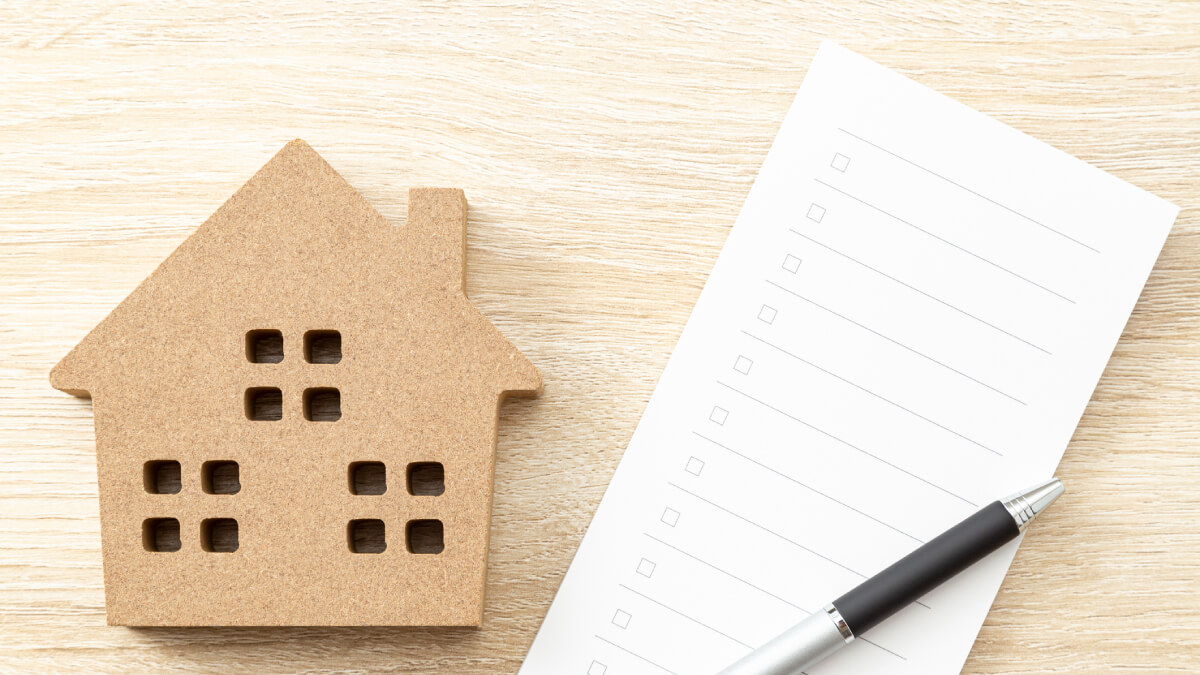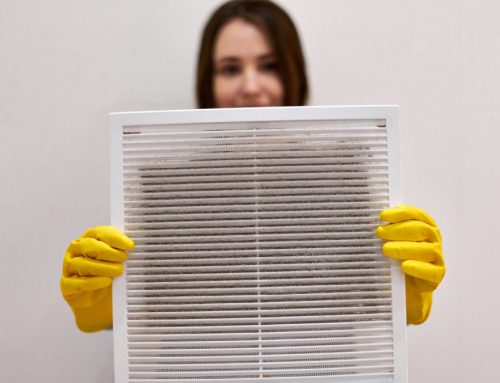
The Autumn HVAC Service Checklist
As the leaves begin to fall and the weather cools, it’s the perfect time to tune-up your HVAC system for the winter months ahead. Regularly scheduled fall HVAC maintenance helps prevent unexpected breakdowns and keeps your home ready for the cold. Here are 10 easy ways to keep your furnace working well this season.
1. Schedule Professional HVAC Inspections
Nothing is more important to ensure furnace efficiency than routine maintenance. While it’s possible to take care of some of the fall HVAC maintenance tasks by yourself, a certified technician can perform comprehensive service, with cleaning and other tune-up tasks. Industry experts recommend professional AC maintenance every spring and furnace maintenance every fall.
Routine HVAC maintenance means more cost-efficient heating bills and keeps your system running smoothly. The opportunity to identify potential concerns before they become major problems also minimizes the chances you’d need an emergency service call.
General Heating Safety
1. Keep the Utility Room Clear
Your furnace requires ample room around where it’s installed to run safely. Avoid storing items closer than 10 to 15 feet of the unit. If your utility closet or basement is on the smaller side, do your best to ensure the area is clear apart from the HVAC equipment. Keep items like paint, cleaning supplies and aerosol sprays far from your furnace.
2. Take Other Steps to Prevent Heating-Related Fires
Heating equipment is a leading cause of home fires. Remember these tips to keep your family safe:
- When your furnace makes odd sounds or has unusual smells, shut it off and call an HVAC professional.
- Store flammable materials far from heating equipment, including space heaters, fireplaces, furnaces and other gas appliances.
- Don’t leave space heaters or other portable systems running if you’re not there.
- In the same vein, never use an extension cord with space heaters.
3. Ensure Smoke, Carbon Monoxide Alarms Work
These vital safety devices warn you of hazards like a fire or carbon monoxide poisoning. Check them once a month to ensure they’re working correctly, and change the batteries once a year. Only remove the batteries if you’re intending to switch them out right away.
Verify That the Air Vents Are Clean and Well-Sealed
1. Inspect the Furnace Exhaust Flue
A blocked flue pipe can result in harmful backdrafting, raising the risk of carbon monoxide exposure. Before turning on the heat this fall, check the flue vent outside to ensure it’s not obstructed by anything. If the flue is blocked, contact an HVAC technician for help.
2. Check Your Air Ducts for Dust, Debris
Every now and then, set aside a few minutes to check all the air vents in your home. For any registers covered in dust, vacuum them with the brush nozzle to clear it off. Double-check that no return or supply vents are covered up by furniture, rugs or curtains to ensure proper air circulation.
Closing vents when you leave the room may seem smart to lower HVAC bills, but it can also create issues with airflow, putting more stress on your system and counterproductively RAISING your energy costs. Keep at least 80% of your registers open to maintain efficient airflow.
3. Seal Any Leaks in the Ductwork
Inefficient air ducts waste energy, contributing to higher energy bills. Despite the name, duct tape is not ideal for sealing up air ducts. For a lasting seal, have a professional come by to properly patch the leaks in your ductwork. The investment will reduce heating costs, make your home more comfortable and even increase air quality.
Wrap up DIY Tasks on the Fall Furnace Checklist
1. Change the Air Filter on a Regular Basis
All your basic HVAC air filters capture dust, allergens, hair and other common forms of airborne debris, protecting your furnace and AC systems. High-efficiency filters better preserve indoor air quality by capturing microscopic pollutants. Over time, the air filter will clog up, which hinders airflow and can place added strain on your system. To help put a stop to this, replace the filter regularly throughout the year.
2. Adjust Your Thermostat for Winter
With the temperatures dropping soon, it’s time to adjust your thermostat from the AC to the furnace or heater. Properly setting your thermostat lowers your monthly bill and maintains a complete sense of comfort. Here are a few tips:
- Refrain from overriding these efficiency-minded temperature settings. Instead, grab a blanket or sweater if you are still too cold.
- If you decide you still need to adjust the temperature, do so one degree at a time. Going right to 80 degrees isn’t the shortcut some people hope it is.
- Adjust the temperature to 70°F or less at home.
- Further lower the temperature to around 62 degrees if you’re out or when you’re asleep. A programmable thermostat can handle this and even create optimized settings for you.
3. Consider Replacing Your HVAC System
If your furnace has been in use for more than a decade, it could be as low as 60% as efficient and nearing the end of its life span. Rather than waiting for total system failure, consider replacing it now. A new, high-efficiency furnace is capable of 97% AFUE efficiency, providing energy savings right away and peace of mind for years to come.
Prevent a Heating Headache and Call Arundel Cooling today
If you want to check off all the items on this fall HVAC maintenance checklist, Arundel Cooling is ready to serve you. We offer fast, yet lasting results for all your heating and cooling needs. To schedule your next HVAC maintenance visit, please contact us today.

